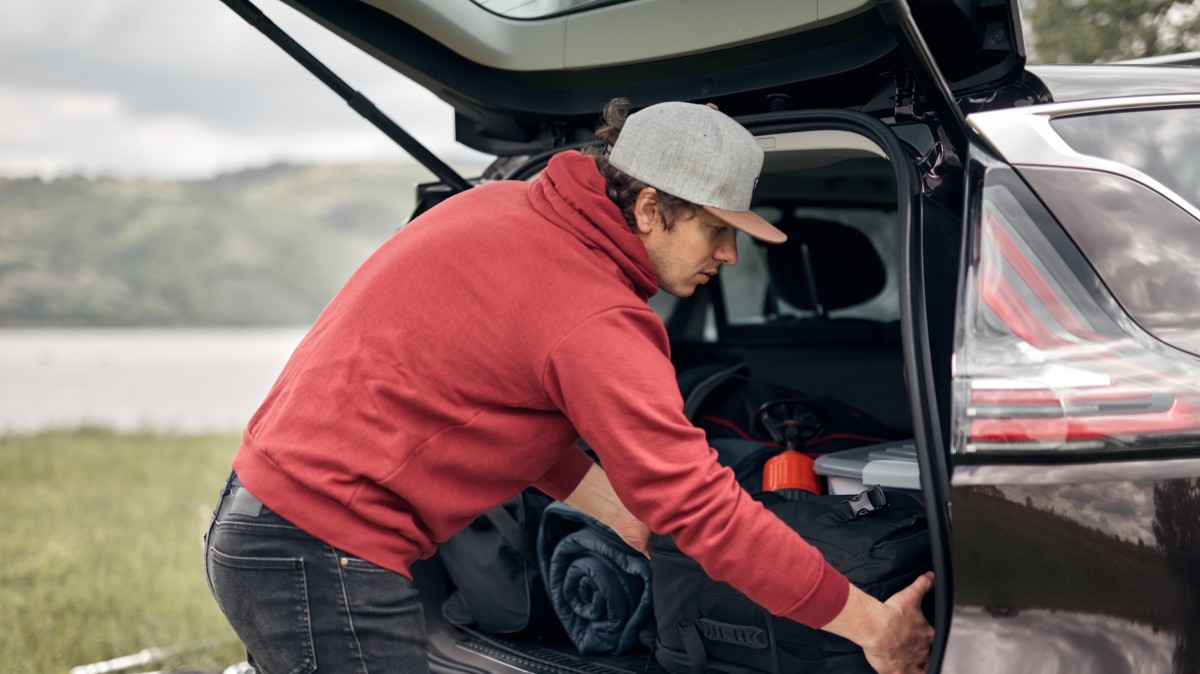
An Evacuation Alert is used when a potential or current threat may lead to an evacuation homes, neighborhoods, and potentially entire communities. When an Evacuation Alert is issued in your neighborhood or community, you should prepare for to evacuate by gathering supplies and belongings to support household members and pets for a minimum of three days. Make plans to stay with family or friends if possible. During an alert, you are not being asked to leave; you are being asked to get ready and stay tuned to local media in case the situation worsens and an evacuation is ordered.
During an Evacuation Alert, vulnerable individuals with unique needs may be supported to evacuate early. The evacuation of livestock, if required, may also be initiated during the Evacuation Alert. Many of the costs for the movement of livestock and the supports provided to livestock producers may be eligible response costs through the provincial government, when certain conditions are met. For information during an evacuation, reach out to the Cowichan Regional Emergency Operation Centre through the contact information provided in the evacuation alert. Not all livestock relocation situations are eligible for support; for more information on eligibility, see the provincial livestock relocation policy of the Ministry of Emergency Management and Climate Readiness (EMCR).

When an evacuation order is issued for your area, you must leave the area immediately following directions and routes provided by emergency responders. Do not return until you’ve been advised that the Evacuation Order has been rescinded. Re-entry is not permitted without authorization. An Emergency Support Services Reception Centre will be open to support evacuees and provide them with essential services if needed such as temporary lodging, food, clothing, prescription medication, and reunification
The Emergency Program Act provides local government with the authority to order an evacuation when a State of Local Emergency is in place.
Once the situation is safe, the evacuation will be rescinded. If there is no damage and critical services are operating for the area, you can return. In the event of damage or interruption to critical services, re-entry to a community may be prioritized and gradual re-entry will occur under the guidance of EMC and local/First Nation governments.
Evacuation rescinds and cancelled Evacuation Alerts will be announced by press release, at reception centres and group lodging facilities, and broadcast on Cowichan Alert. Follow Cowichan Alert, news, and media platforms for updated evacuation alerts, orders, and evacuation rescind orders.

